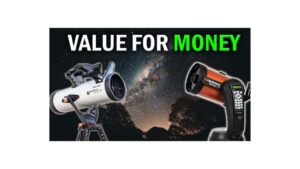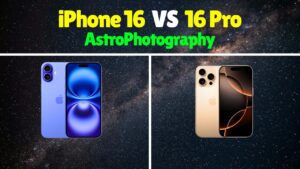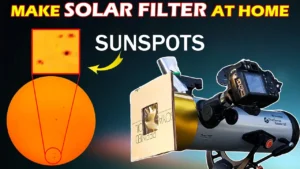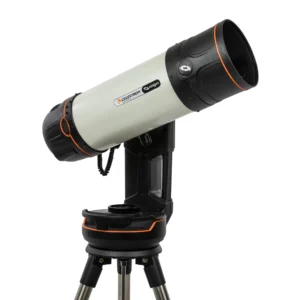
If you are looking for buying a telescope for astrophotography. Then the first thing you need to understand is that you need to decide whether you want to capture planets or deep-sky objects.
When it comes to astrophotography, aperture, focal ratio and the type of mount are the most important parameters. You need to select your equipment according to what you want to capture.
One thing you will notice while reading this article is that we have repeated several times that you need a really good stable mount if you want really good astrophotography results. Your mount is going to be a game-changer for your results.
A GOOD STABLE MOUNT IS MOST IMPORTANT FOR ASTROPHOTOGRAPHY.
Short-Exposure Astrophotography
If you are a beginner then you should initially focus on observing planets through your telescope & try to capture them with your phone or camera. This is short-exposure astrophotography.
For short-exposure astrophotography, you will need a big aperture telescope, it will add more details of the planets/objects. The focal ratio of your telescope needs to be slow usually anything above f/8. With a higher focal ratio, you can get maximum zoom and detailed images.
A good mount that can carry a large-aperture telescope will be the best.
Long-exposure Astrophotography
If you want to do long-exposure astrophotography, the first thing you need to know is long Exposure astrophotography is all about tracking your target. Only then you will be able to get good photos of those objects. You will need a really good equatorial mount/tracker. If you don’t know how equatorial mount works then you should read this article.
Second thing, for long exposure astrophotography you will need a telescope with a faster focal ratio. A faster focal ratio will give you a wide-angle view. As deep-space objects are massive, for that you need a wide angle to capture all the details of those objects. You can learn more about focal ratios in this article.
When it comes to deep space long exposure photography aperture is the least important factor. I know we usually select telescopes according to the aperture size to collect more light, but that is mostly useful for visual astronomy.
In long-exposure astrophotography, the aperture size can be compensated by the accurate tracking of the object over a longer period of time. This is the main reason you need a really good mount that can track the object very precisely.
Usually, refractor-type telescopes have small apertures and are good for long-exposure photography. If you don’t know what different types of telescopes are then you should read this article.
Telescope for both Short & Long Exposure Astrophotography
What if you want to do both planetary and long-exposure photography as well? What kind of telescope would you need?
It is very difficult to find one for all telescopes, but if your budget permits then any telescope from the Celestron NexStar edge HD series will be able to fulfill most of the demands required for both types of astrophotography.
The 8-inch Edge HD telescope has a focal length of 2032 mm at this focal length the focal ratio is f/10. With this, it can be used for capturing planets & their details.
If you use a 0.7X focal reducer with this telescope then its focal length will be reduced to 1470mm and the focal ratio will be F/7. In this setting, you can capture andromeda galaxy and Nebulaes basically bright deep space objects.
If you use hyper star with this telescope then u can reduce the focal length even more to capture the very faint deep space objects. Your settings will be something like a focal length of 603mm and the focal ratio will be f/3.
So, the 8-inch or 9.25-inch, or 11-inch edge HD model will be the best choice if you want a telescope for both purposes. These telescopes are heavy and you will need a mount that can easily sustain a load of these telescopes at the same time the mount should be able to do the tracking smoothly. You will need some good equatorial mounts like these, Mount 1, Mount 2 & Mount 3.
Now let’s see the telescopes,
Celestron NexStar 6SE
The 6SE is for beginner/intermediate astronomers. The telescope has an aperture of 150mm and a focal length of 1500mm. Its focal ratio is 10. This telescope is really good for observational astronomy.
You will also be able to take planetary photos with this telescope. For deep-space images, you can use a focal reducer to change the views from narrow to more wide-angle views.
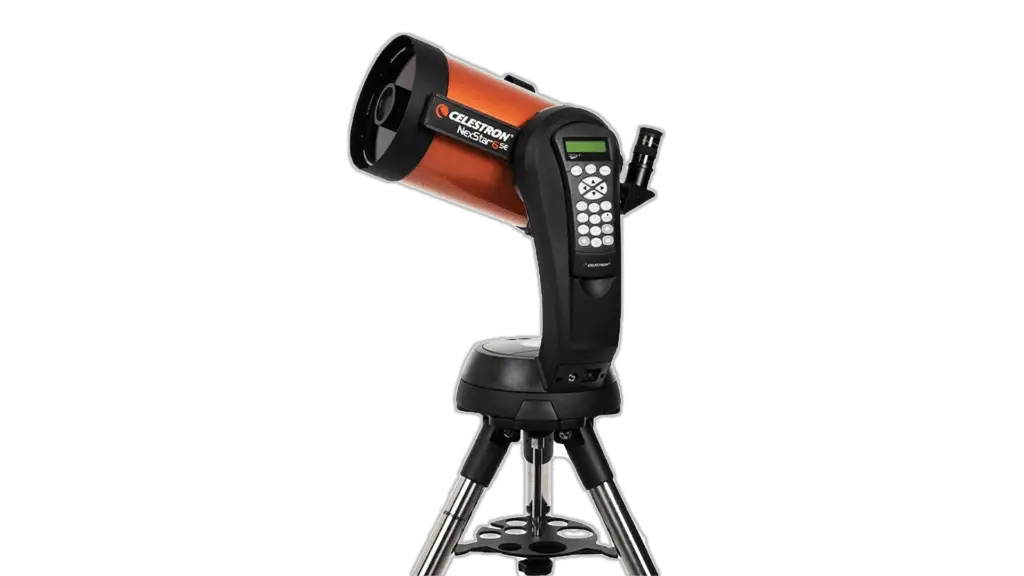
Instead of using the separate mount, you can use the wedge to convert your computerized alt-azimuth mount into an equatorial mount.
This telescope can be a good starting point for anyone who is just starting out and not sure what type of astrophotography they want to do.
Celestron NexStar 8SE
The 8SE is Celestron’s most popular orange tube telescope. This telescope is very easy to use and set up. The telescope has an aperture of 8 inches, a focal length is 2032mm and a focal ratio is f/10.
The 6SE and 8SE are almost identical telescopes except for the aperture size of these telescopes. The 8Se collects 77% more light than 6SE.
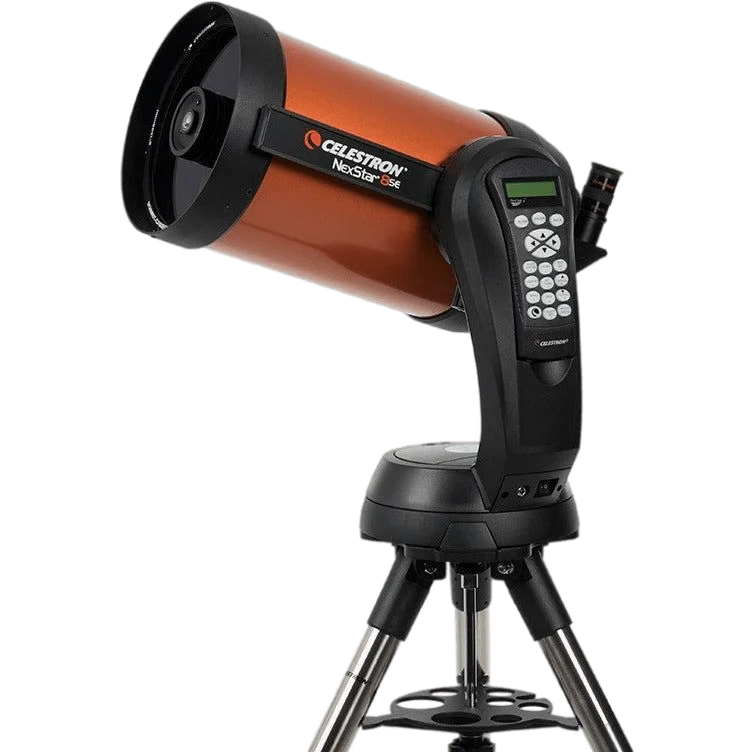
You can easily do planetary photography with this telescope. For long-exposure astrophotography, you will need to use a mount or you can use the wedge to convert your computerized AZ mount to an equatorial mount.
Sky-Watcher Skymax 127
This is a mid-range telescope from Sky-watcher. It is a Maksutov-Cassegrain type telescope which means the telescope has a narrow field of view. A narrow field of view means it has a longer focal length and a slow focal ratio. All these specifications are good for viewing & capturing planets.
The aperture of this telescope is 127mm about 5 inches. The focal length is 1500mm and the focal ratio is f/12. Usually, Mak-Cassegrain telescopes are good for viewing planetary details.
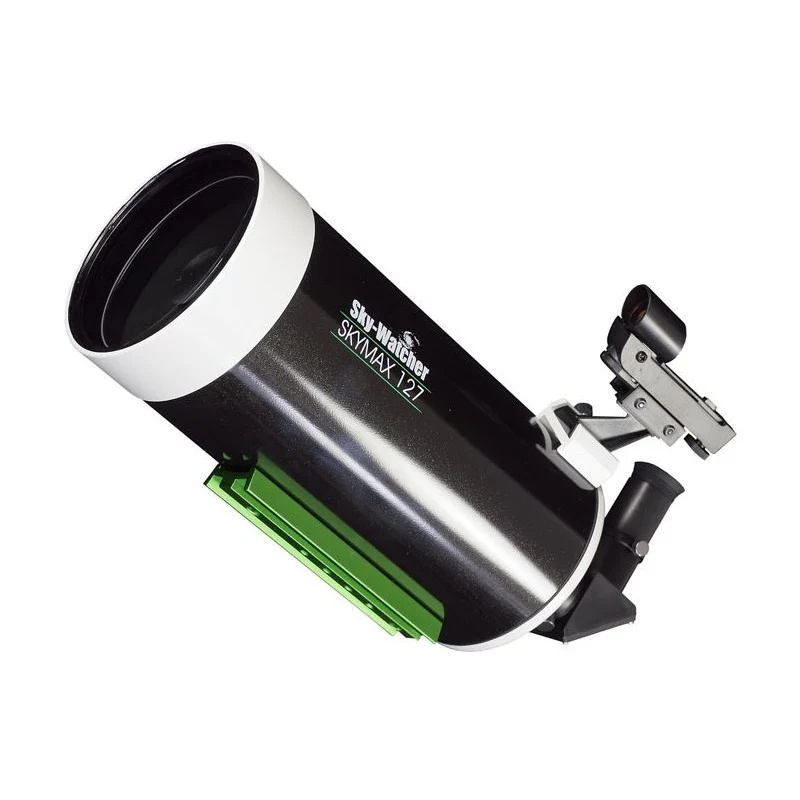
If you use this telescope with an equatorial mount to capture planets. You will be amazed at the details of those planets you will get with this telescope.
Sky-Watcher 150 mm
This is the 6-inch version of the previous telescope. It has an aperture of 50mm and a focal length of 1800mm & its focal ratio is f/12.
The telescope has a bigger aperture and an even higher focal length. That means it will collect more light and will be able to zoom in more on the nearby celestial objects like planets to get those juicy sharp details of that object.
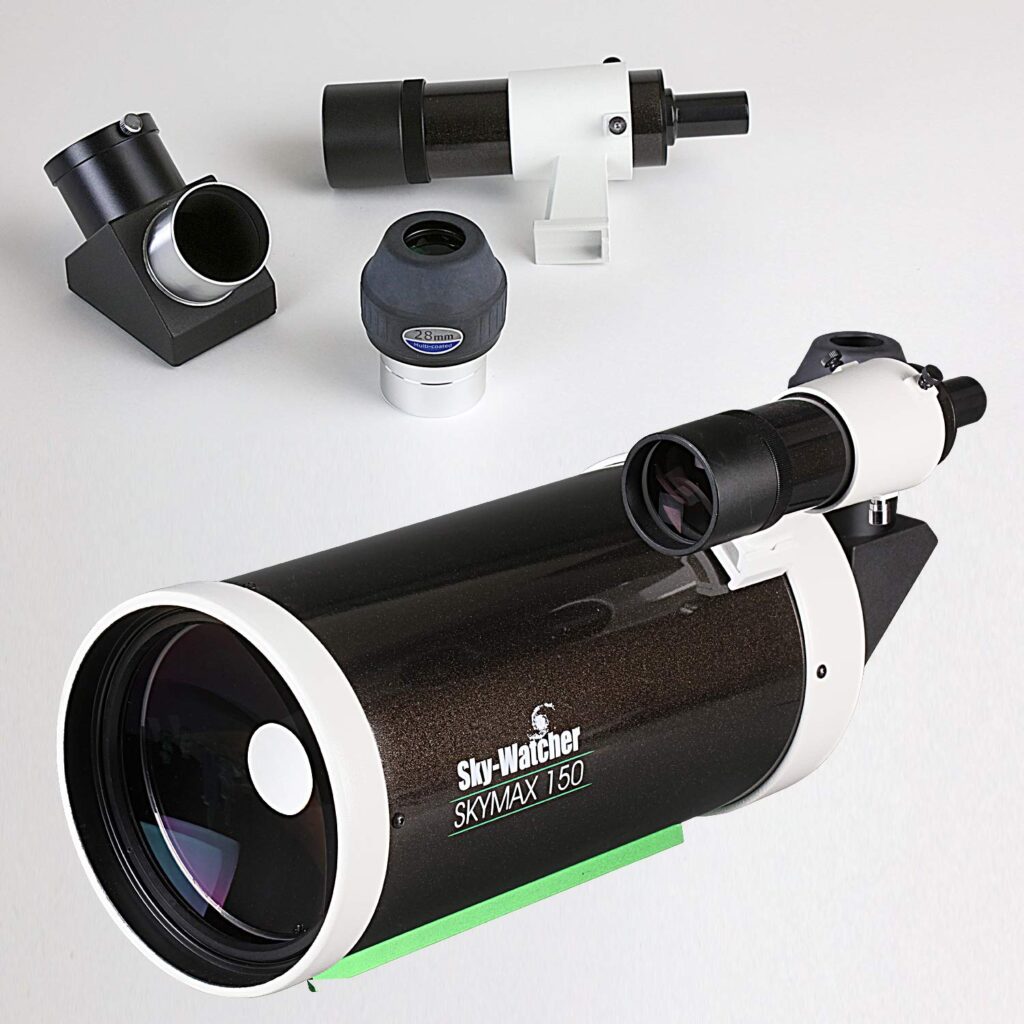
With the bigger size the weight of the OTA also increases so. If you are using a telescope bigger than 6-inch then make sure your mount has the capacity to sustain the load of the telescope and the camera equipment you attach with your telescope.
Sky-Watcher SkyMax-180 PRO
This is the largest aperture you can find in the Sky-watcher series. It has an aperture of 180mm. Its focal ratio is 2700mm and its focal ratio is f/15. With such a big aperture and a focal length. The planetary details will look amazing.
The beauty of the Cassegrain telescopes is that, even though they are very big telescopes but they are very compact. Because of their compactness, they are easy to carry to dark sky locations where you can get the most out of your telescope.
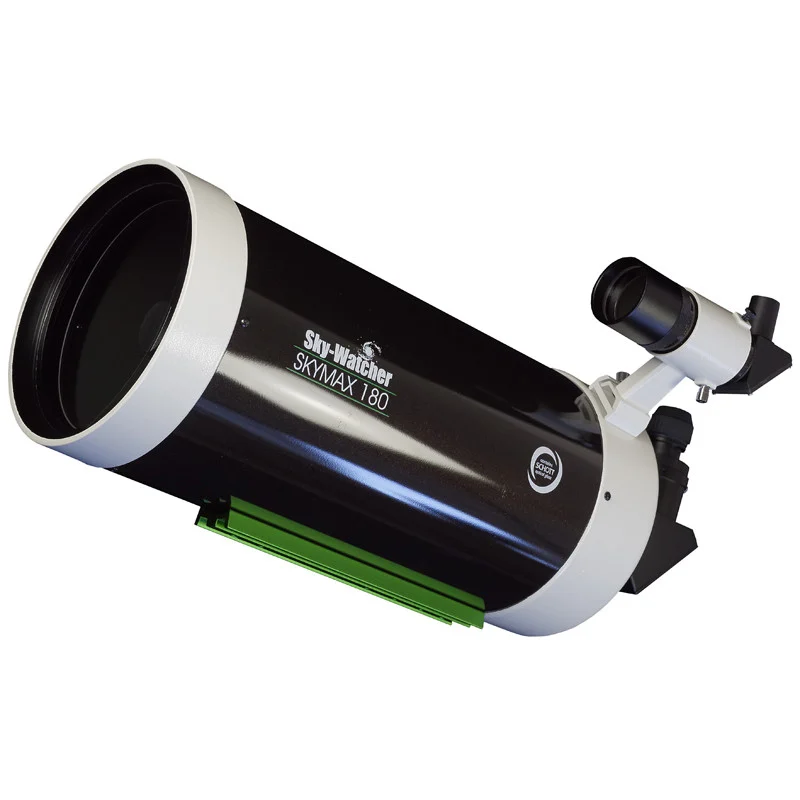
The telescope optical tube weighs 19 pounds including OTA, dovetail plate, finder, diagonal, and eyepiece. You will need a really good weight-carrying capacity mount to use this telescope very effectively.
Celestron 9.25 Edge HD
We have already mentioned the Edge HD series in this article. These telescopes can be the sweet spot for people who wants to do both planetary and long-exposure deep sky imaging.
These telescopes offer a lot of flexibility by reducing the focal length of the telescope. So the telescope can be a multipurpose telescope.
This 9.25-inch model has an aperture of 235mm. Its focal length is 2350mm & focal ratio is f/10.
On top of that the OTA of this assembly gives super sharp images of the celestial object over the whole field of view.
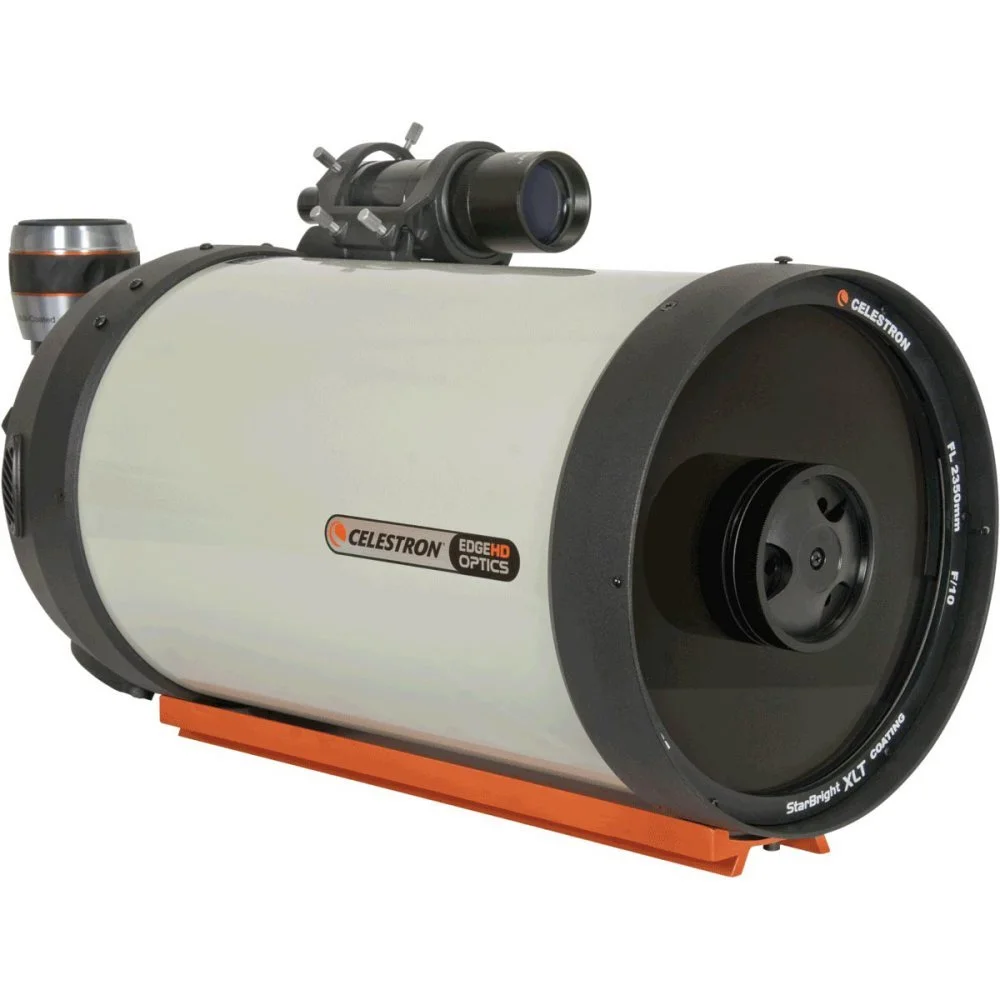
Combine this telescope with a good stable equatorial mount and there is nothing out there that can stop you from getting detailed pictures of the celestial objects.
You can also choose a slightly small aperture 8-inch model or a slightly big aperture 11-inch model. You will be amazed by the results of the telescopes from this series.
Refractors for Astrophotography
As mentioned in the beginning you do not need a really big aperture for long-exposure astrophotography. Refractors are good for astrophotography because they are not massive like the other telescopes. This also leads to less weight on your mount which ultimately helps in the accurate tracking of the object. Also, the refractor telescopes do not need to be collimated like the other ones & you will most likely not encounter any chromatic aberrations.
So, here are some refractor telescopes with small apertures that are not only good but the best with the results.
Explore Scientific ED127 apo refractor
ED127 is one of the best Triplet telescopes you can buy. Usually, a refractor telescope with more than 4 inches is not easily available. It is not very cost-effective to manufacture the big aperture lens for larger refractor telescopes.
This telescope is 127mm around 5 inches. Its focal length is 952mm & its focal ratio is 7.5. The weight of this OTA is 18 lbs. So, you will need a good mount for this telescope.
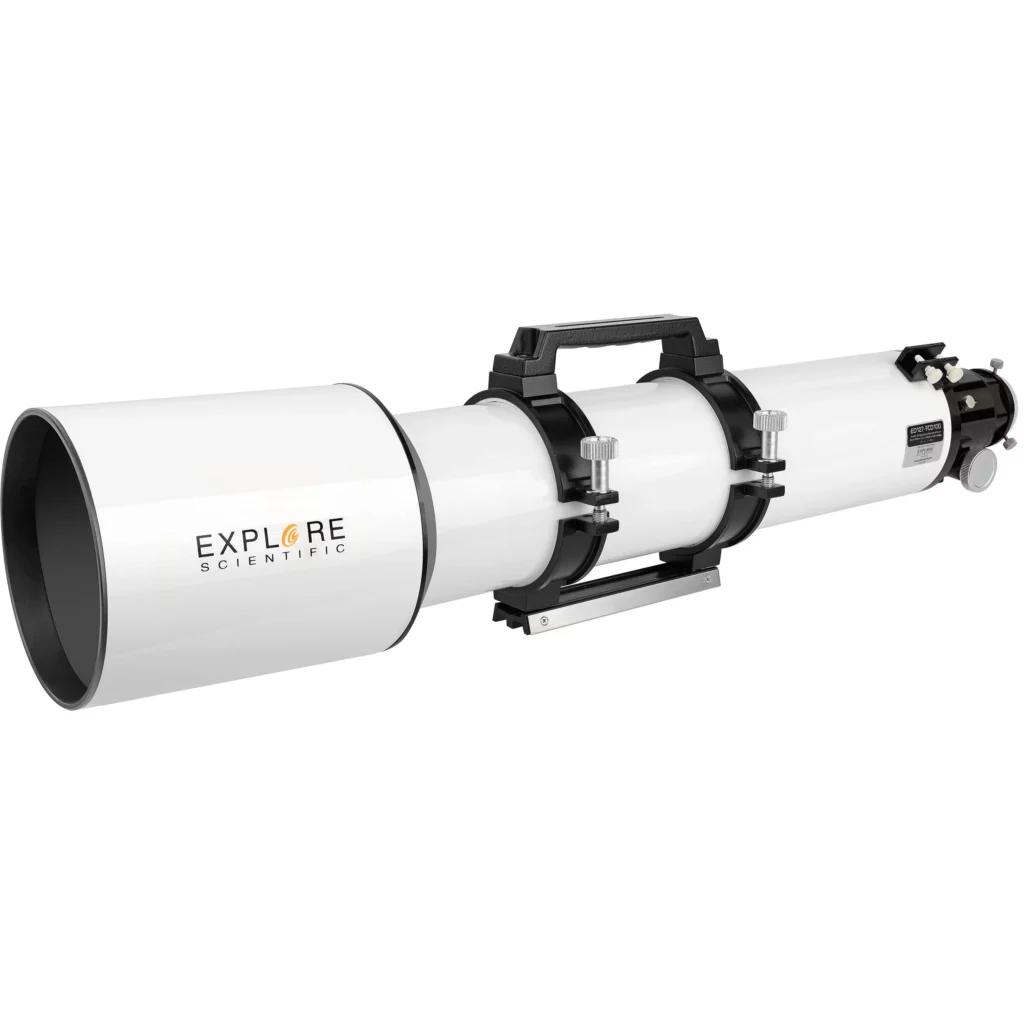
The aperture is big enough to capture even the faintest deep space object in visible light. Even in poor light, you can get impressive results with this telescope.
The telescope is a triplet which means it is manufactured in a way that you will not get even a minuscule of aberrations of any type. The price of the telescope includes only the OTA. You need to buy the mount separately.
Esprit 80ED Triplet Super Apo Refractor
This is the smallest telescope from the Espirit series of Sky-Watcher. The aperture of this telescope is 80mm and the focal length is 400mm. Its focal ratio is f/5.
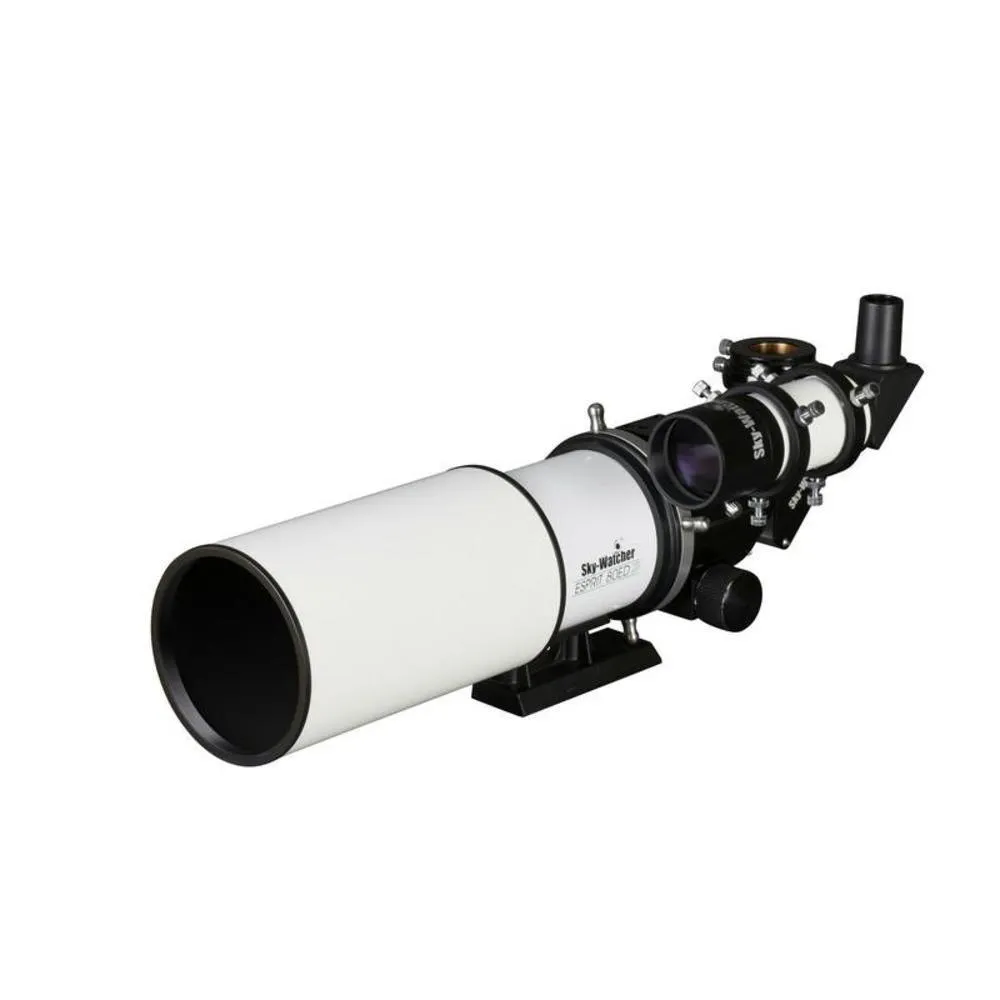
This is also a triplet telescope, the aberrations will be minimal or none. The weight of the OTA is 4kg which is quite lighter on the mount n helps in accurate tracking.
You get a field flattener, V-style mounting foot, 8×50 right-angle finderscope, M48 camera adapter, 2-inch dielectric diagonal, and padded hard case with this telescope.
Sky-Watcher EvoStar 80ED APO Refractor Telescope
This is a wide-field telescope that offers more bright views of the night sky. This telescope can be considered an entry-level telescope for serious deep-space astrophotographers.

The aperture of this telescope is 80mm and the focal length is 600mm. Its focal ratio is f/7.5. The OTA is painted completely black so that any of the unfocused light inside the OTA doesn’t reach the focal plane, which improves the overall noise-free image output from this telescope.
This is an apochromatic refractor telescope. APO lenses focus 3 spectrums of wavelength at the same point, and the color accuracy and sharpness of the visuals are significantly improved with these lenses.
Couple this OTA with good mount and you are in business.
Esprit 100ED Triplet Super Apo Refractor
It is the next version of the Espirit 80ED. The telescopes from the Espirit series can give a flagship-level performance. It comes with a field corrector which produces flat, color-corrected images with your camera.
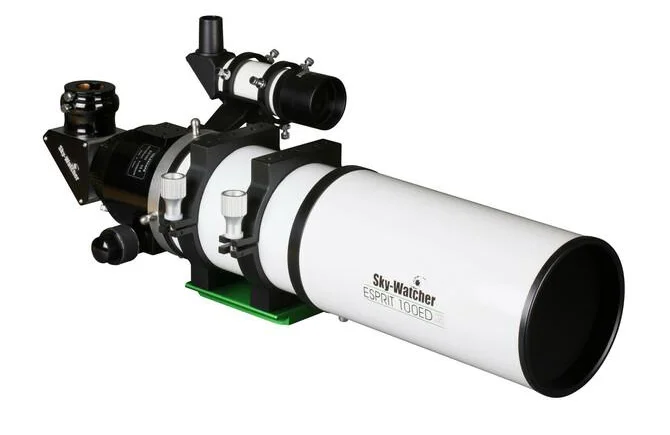
It has an aperture of 100mm and a focal length of 550mm. Its focal ratio is 5.5. The focal length is perfect for most deep-space astrophotography objects. It will give you wide enough views of the deep sky.
Radian 75MM Petzval Refractor Astrophotography Telescope
This is a small compact refractor telescope. It has an aperture of 75mm and a focal length of 400mm. Its focal ratio is 5.4. It is just 5.7lb & is a good beginner refractor for astrophotography.
It has a Petzval design which means you do not need to worry about the back focus issues. This telescope can be perfect according to size, image quality, and price.
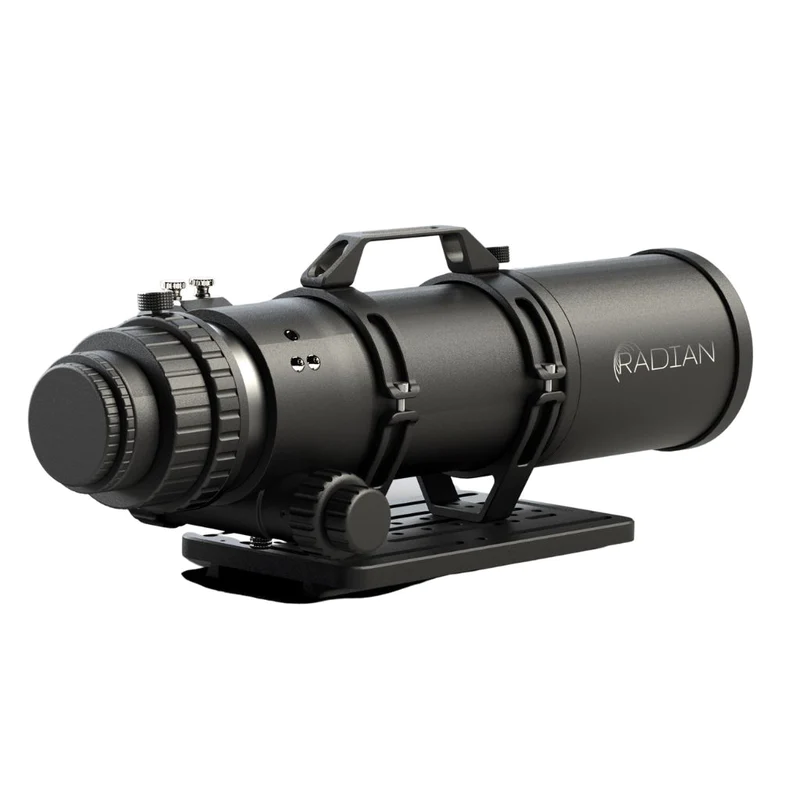
Radian is known for making very high-quality telescopes. Their previous telescope model Radian 61 was a super hit among amateur astronomers. Radian 75 is the next version of a telescope with all the improvements from the feedback of the previous version.
The telescope’s compact size is a huge advantage and can be carried anywhere very easily. If you are serious about deep space astrophotography then this telescope will not disappoint you.
Summary
| 1. Celestron NexStar 6SE | BUY HERE |
| 2. Celestron NexStar 8SE | BUY HERE |
| 3. Sky-Watcher Skymax 127 | BUY HERE |
| 4. Sky-Watcher 150 mm | BUY HERE |
| 5. Sky-Watcher SkyMax-180 PRO | BUY HERE |
| 6. Celestron 9.25 Edge HD | BUY HERE |
| 7. Explore Scientific ED127 apo refractor | BUY HERE |
| 8. Esprit 80ED Triplet Super Apo Refractor | BUY HERE |
| 9. Sky-Watcher EvoStar 80 ED APO Refractor | BUY HERE |
| 10. Esprit 100ED Triplet Super Apo Refractor | BUY HERE |
| 11. Radian 75MM Petzval Refractor | BUY HERE |
These are some of the good astrophotography telescopes you can choose from. You can also find the best suitable telescope for you with our telescope search tool.

